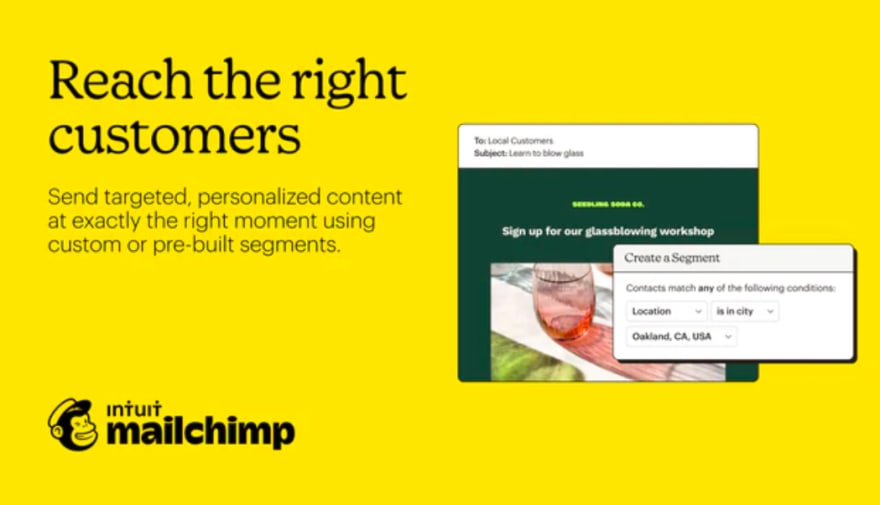> Written By UUKI Team
1. Optimize Your Website for Search Engines
A simple start to optimizing a website involves doing keyword research for its content. When creating website content, make sure to focus on on-page SEO first. After all, the website has to be great before you market it to others. Here are some SEO tips on which elements to modify to improve on-page SEO for generating consistent traffic to your website:
- Title tags - Create catchy titles with keywords in them. However, they shouldn't contain more than 70 characters.
- Meta description - This is the short description of a web page shown under the URL in search results. A meta description should contain the main keywords so search engines and people can understand the page's content.
- Header tags - Break the content up into several sections using header tags for easy reading. There are six levels of headings, from H1 to H6.
- Image alt text - This text describes images on the internet and helps search engine crawlers understand them. Screen-reading tools also use this information to describe images to the blind.
2. Start Email Marketing Campaigns
To start an email marketing campaign, use email marketing services like MailChimp and Constant Contact. Start by trying out their free versions before upgrading to premium plans as your site grows.
However, remember not to bombard subscribers with too many emails. Send out weekly or bi-weekly emails containing marketing campaigns, special offers, or a roundup of site updates.
3. Post on Social Media Regularly
Social media sites are a powerful tool to drive traffic to your site. Use them wisely and effectively, and it won't be long before visitors come flocking to your site.
Make sure your organic social media content is easy to share by embedding social sharing tools, but don't sit and wait around for people to share it. Be proactive and reach out to potential customers.
4. Create a YouTube Channel
Youtube is the most popular video hosting platform, with approximately 2 billion active users per month. Such a large audience makes Youtube an excellent avenue for driving traffic to your website.
After creating a channel on Youtube, post videos on various topics relevant to your industry. Promote your site in the videos, encouraging viewers to visit the site and explain the benefits they will get.
5. Try Out Influencer Marketing
Social media has changed the way people look for what they need. Nowadays, they put a lot of trust into the recommendations given by their favorite influencers. Luckily, you can use it to your advantage.
Just like with affiliate marketing, contact influencers and ask them to promote your products or services to their followers in exchange for a commission.
The difference lies in the content type. Affiliate marketing tends to focus more on written content, while social media influencers usually employ visually captivating content such as images or videos.
6. Promote on Online Communities
Online communities refer to groups of people with shared interests gathering on social media platforms or niche websites. They exchange stories, ask and answer questions, and engage in various discussions. There is at least one for virtually any topic imaginable.
Participating in relevant online communities may help boost organic traffic to your website since you will get exposed to your target market. You can find people who are already interested in your site niche and will be more inclined to visit your site.
7. Conduct Webinars
A webinar is an online event, usually conducted as s a live video stream to a virtual audience. It will typically have a host and some panelists discussing and sharing knowledge on a particular topic.
Webinars may bring more traffic to your website for free. This is because they can improve brand awareness and social media presence. Promote your webinar through various channels and engage social media followers, encouraging them to generate a buzz about the event.














Top comments (0)